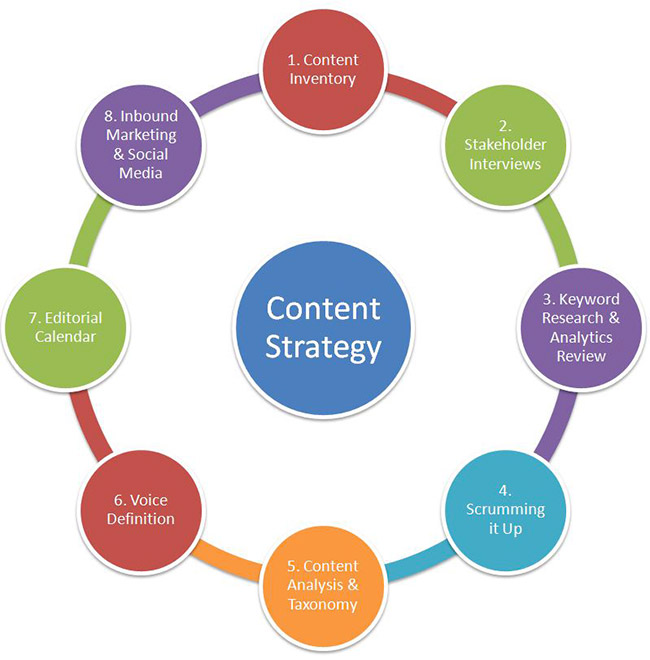"For a blog to be successful, your content needs to be useful and unique to readers." (Darren Rowse)
You have found a blog niche, name, platform and design. Now it's time to start developping your blog content.
Define Your Voice
According to Professional Blogging for Dummies (http://www.amazon.ca/Professional-Blogging-Dummies-Susan-Getgood/dp/0470601795) the first consideration you need to focus on is defining your voice. What is your writing style? How do you present your material? Do you let your personality shine through in your writing? Do you use the correct grammar and spelling? Does your writing look professional? How much do you want to share with your readers? Do you want to include information about your spouse and children, or keep them out of your writing? Do you want to invite guest bloggers to post? If so, how will you keep their voice consistent with your own? These are questions you must consider in the early weeks of blogging.
Keep an Editorial Calendar
The second consideration is an editorial calendar. Just as a magazine editor has a calendar to plan each upcoming issue, you need a plan for your blog, a "roadmap for your content" (Professional Blogging for Dummies). Without a calendar, you have to start from scratch each day. Even though I have had a successful blog for four and a half years, there were many days where I didn't know what to blog about. I wasted a lot of time choosing a topic, often more time than I did writing. Last year, I started grouping blog topics into days or even a week. This year I am experimenting with a monthly topic. I find myself looking forward to writing that much more because I already know what I'm writing about.
Professional Blogging for Dummies recommends filling in the following details in your editorial calendar for each post:
1. date: daily, weekly, biweekly, bimonthly, etc.
2. type ex. narrative, essay, review (book, restaurant), opinion, podcast, promotion, news, recipe, roundup (top ten)
3. topic: divide blog into sections with tabs; my blog has three categories, history, home & writing
4. author: if you have guest bloggers
5. art: always include a picture or photograph; it catches the reader's eye ex. www.istockphoto.com or www.flickr.com
6. media: include a Youtube (https://www.youtube.com/?gl=CA) link or podcast
7. deadline: if you have guest bloggers
Don't forget to include a catchy title or headline. You have only three seconds to catch the reader's attention before they move on to something else. Also, include tags in your post to attract reader's who happen to google keywords from your post.
Invite Comments
The third consideration is comments for your blog, something recommended by experts. If you don't have comments, your blog is simply a website. You may choose to set up a system where you approve or disapprove the comments before they are officially posted. You can restrict comments to stop profanity, negativity or HTML hyperlinks. Some people aren't interested in engaging in dialogue but just want to promote their own blogs. Some software programs allow you to pre-approve the first comment and then automatically approve any subsequent comments from that same blogger. Post your policy somewhere on your blog so that readers know what your rules are regarding comments.
Add a Blogroll
Lastly, consider starting a blogroll to accompany your blog in a sidebar. It is a good way to become part of the blogosphere community. It also gives readers a sense of your taste and friends. You may get discovered through a Google Alert. Start with your favourite blogs, then influential blogs in your niche, then associations and affinity groups and then blogs dealing with complementary topics. My blogroll includes a few history blogs, a few writing blogs and a few Christian blogs, a true reflection of my interests and values.
For more information, visit
http://www.problogger.net/archives/2006/02/18/writing-good-content/.

No comments:
Post a Comment